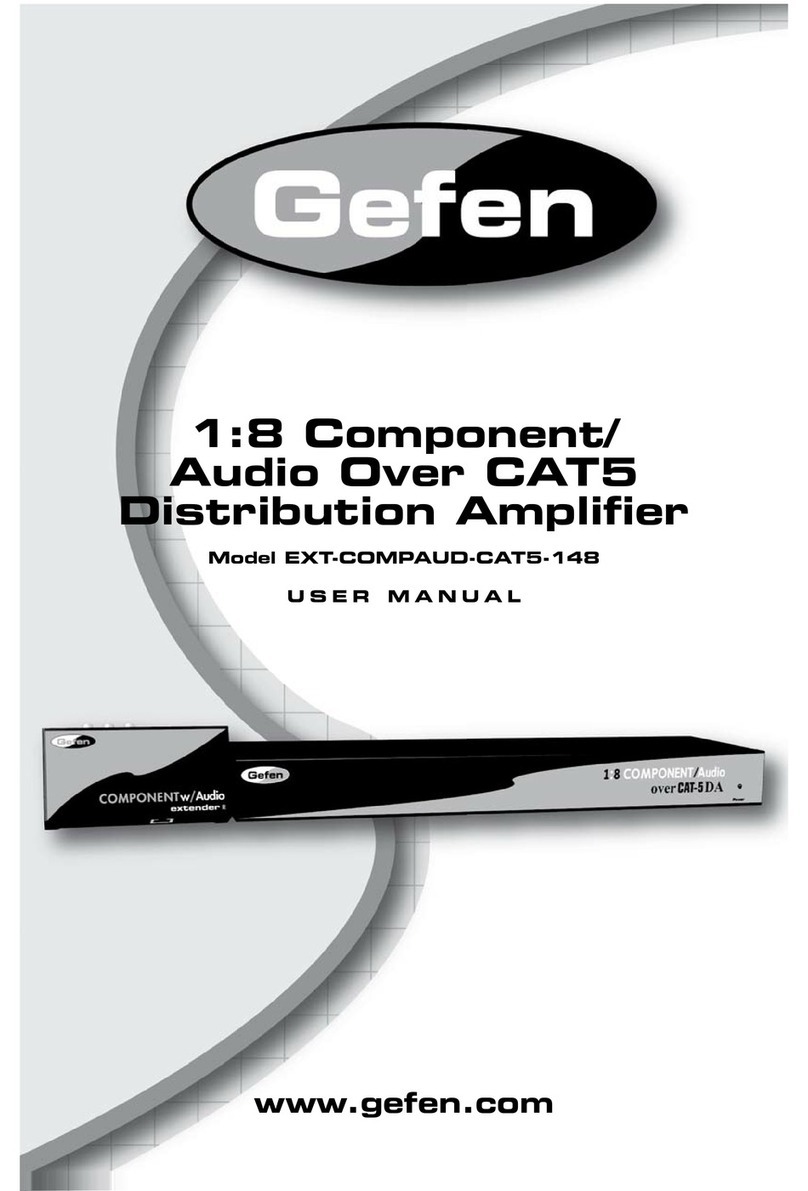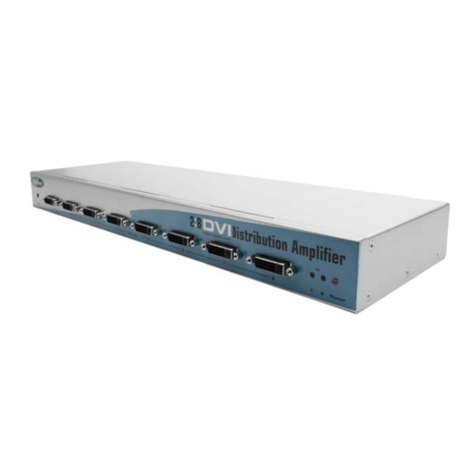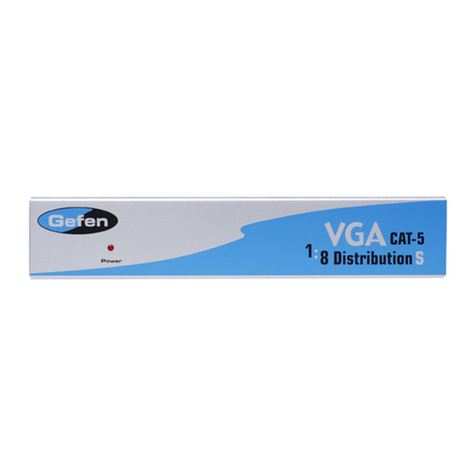Gefen EXT-DVI-148 User manual
Other Gefen Amplifier manuals
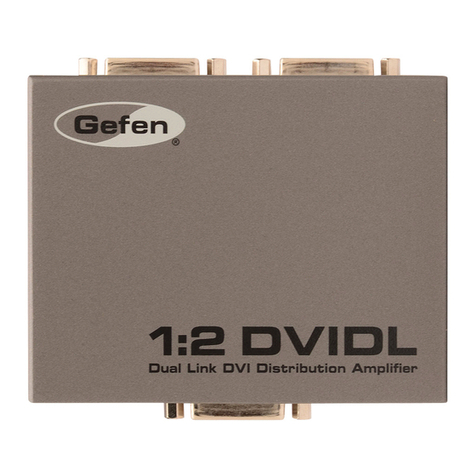
Gefen
Gefen EXT-DVI-142DLN User manual
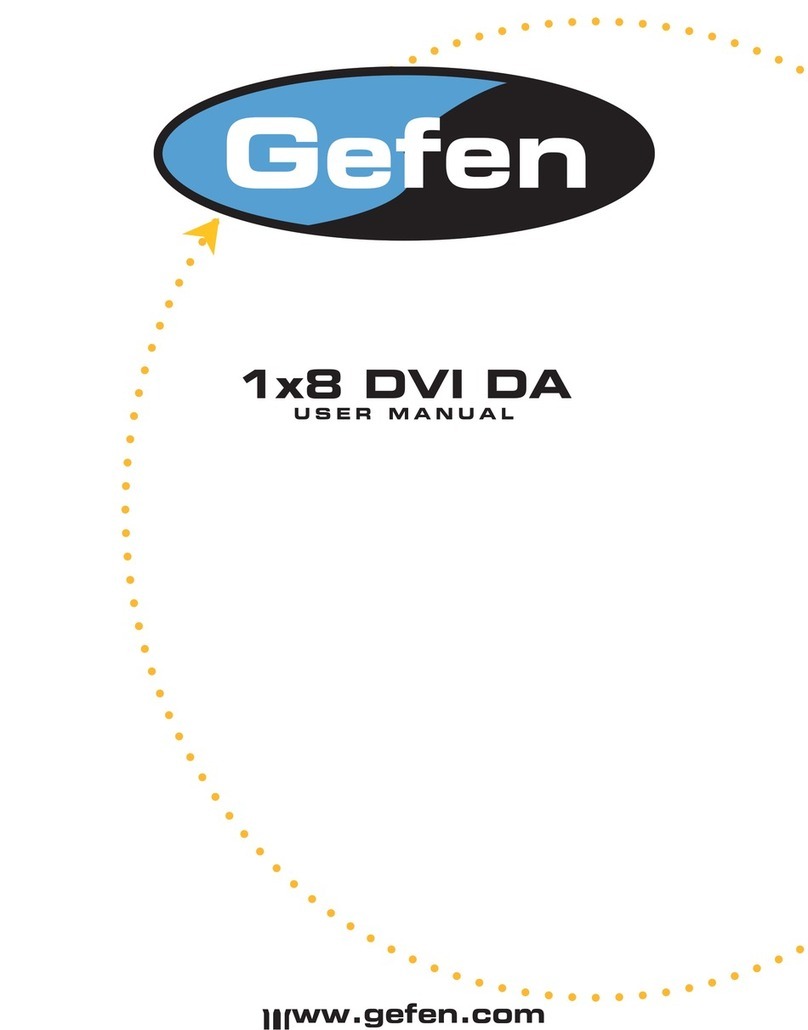
Gefen
Gefen 1x8 DVI DA User manual
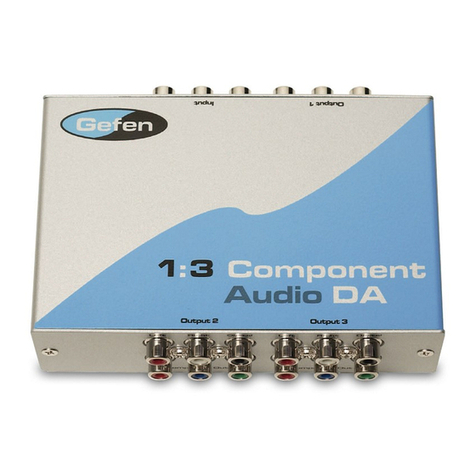
Gefen
Gefen EXT-COMPAUD-143 User manual
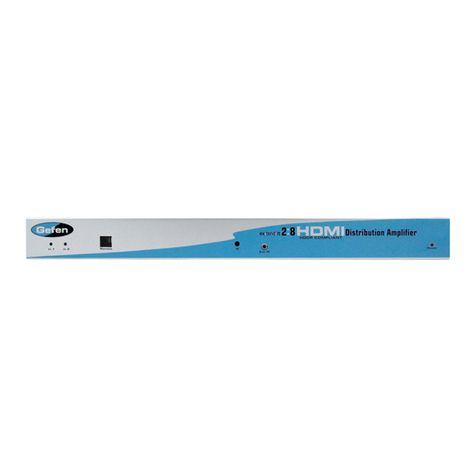
Gefen
Gefen 2x8 HDMI User manual
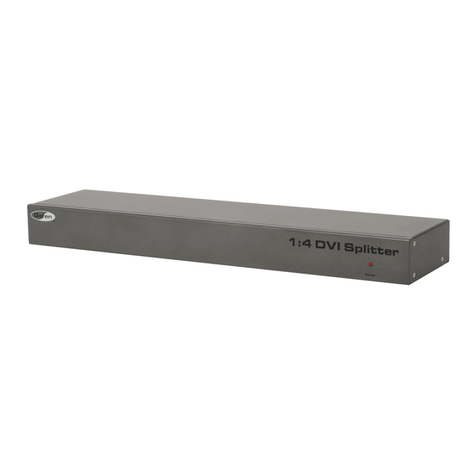
Gefen
Gefen EXT-DVI-144N User manual
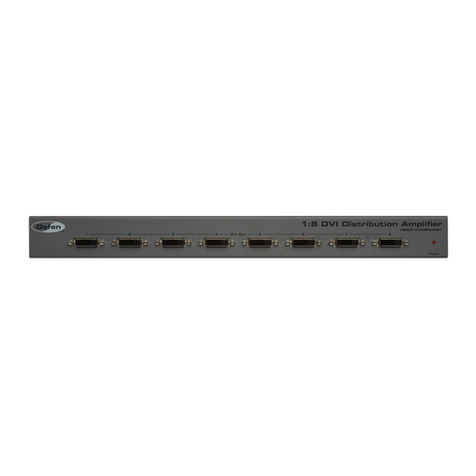
Gefen
Gefen EXT-DVI-148 User manual
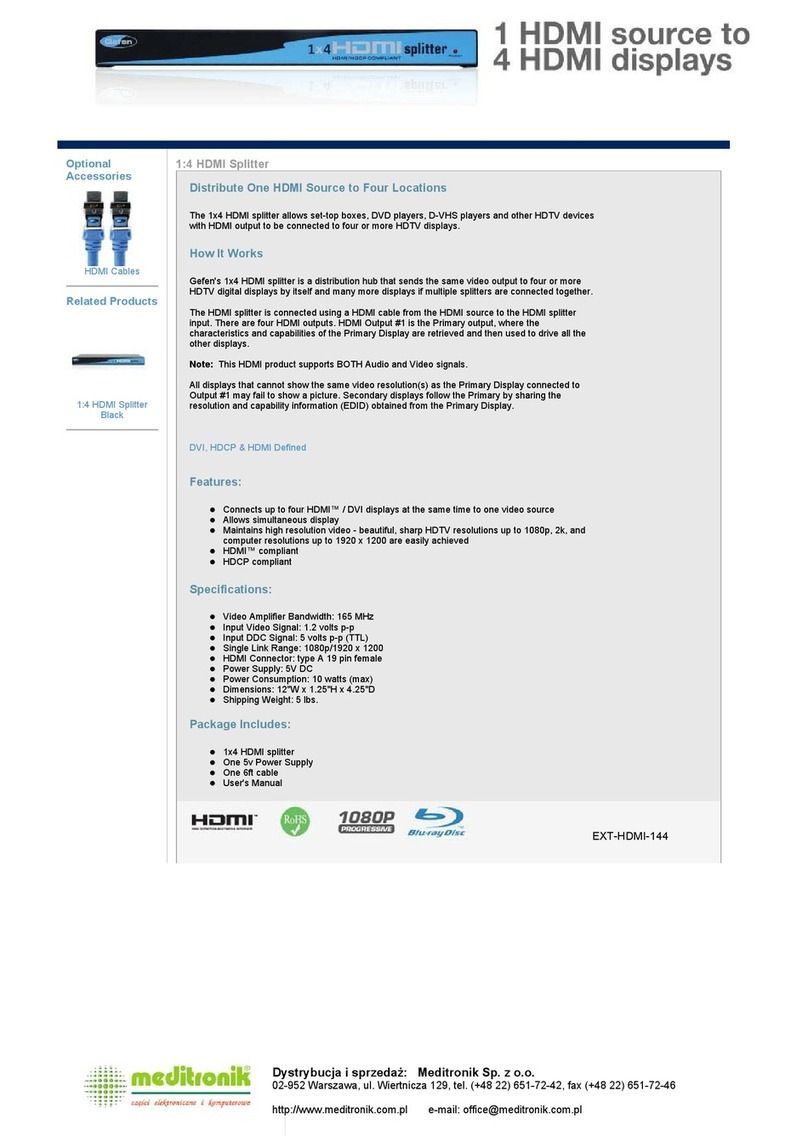
Gefen
Gefen EXT-HDMI-144 User manual

Gefen
Gefen EXT-HDMI-248 User manual
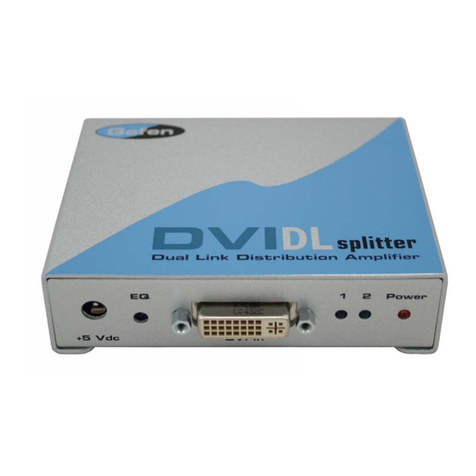
Gefen
Gefen DVI DL Splitter User manual
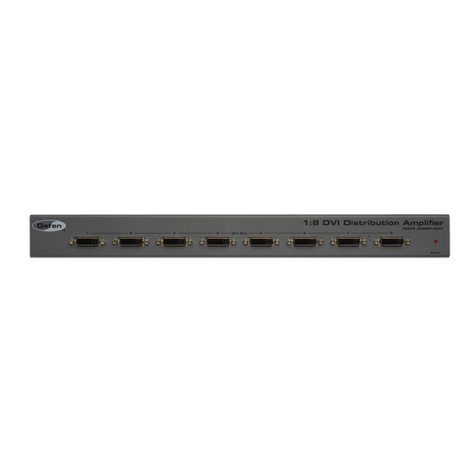
Gefen
Gefen 1x8 DVI DA User manual
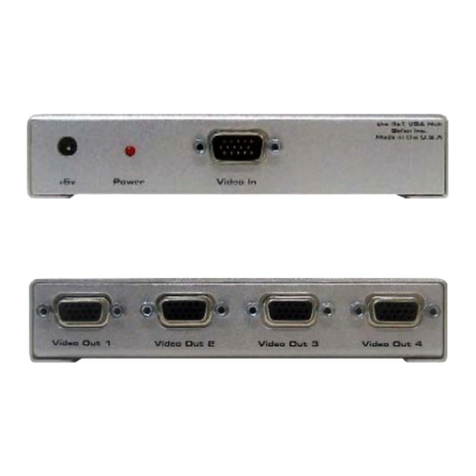
Gefen
Gefen 1x4 VGA the Hub User manual

Gefen
Gefen VGA-CAT5-148S User manual

Gefen
Gefen 1x8 HDTV DA User manual
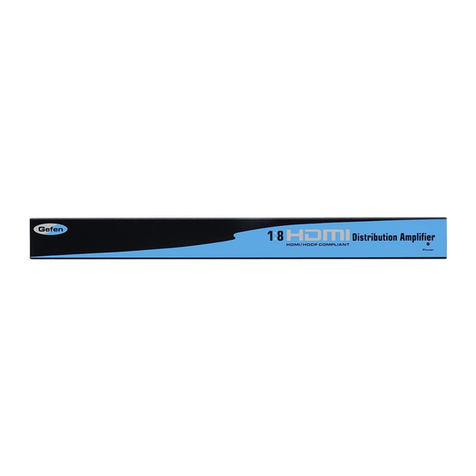
Gefen
Gefen EXT-HDMI-148 User manual

Gefen
Gefen EXT-UHD600A-44 User manual
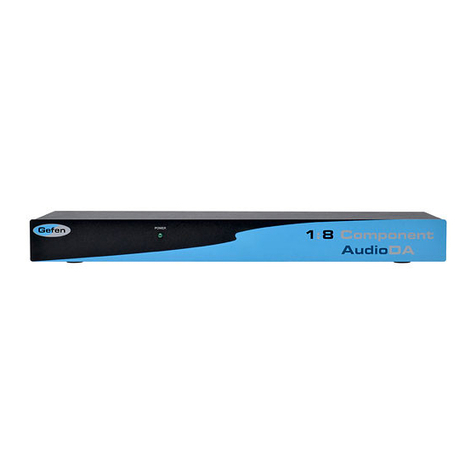
Gefen
Gefen EXT COMPAUD 148 User manual
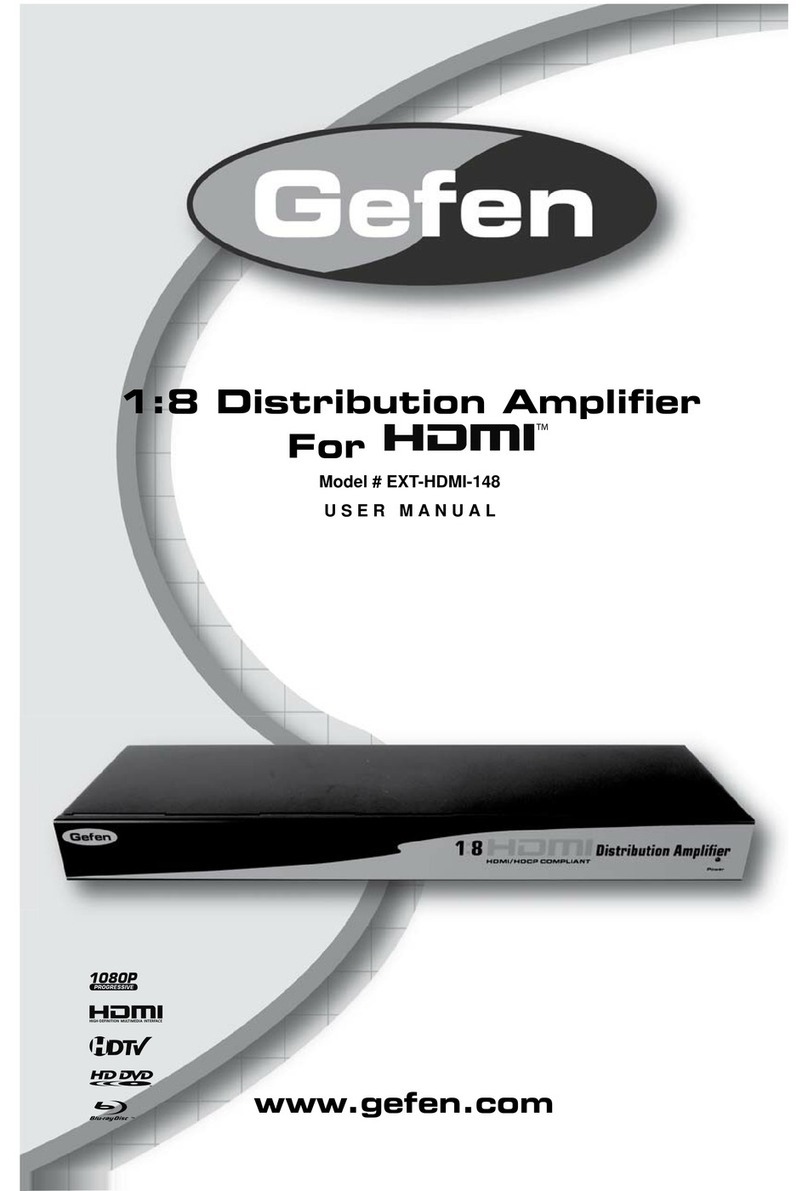
Gefen
Gefen HDMI-148 User manual
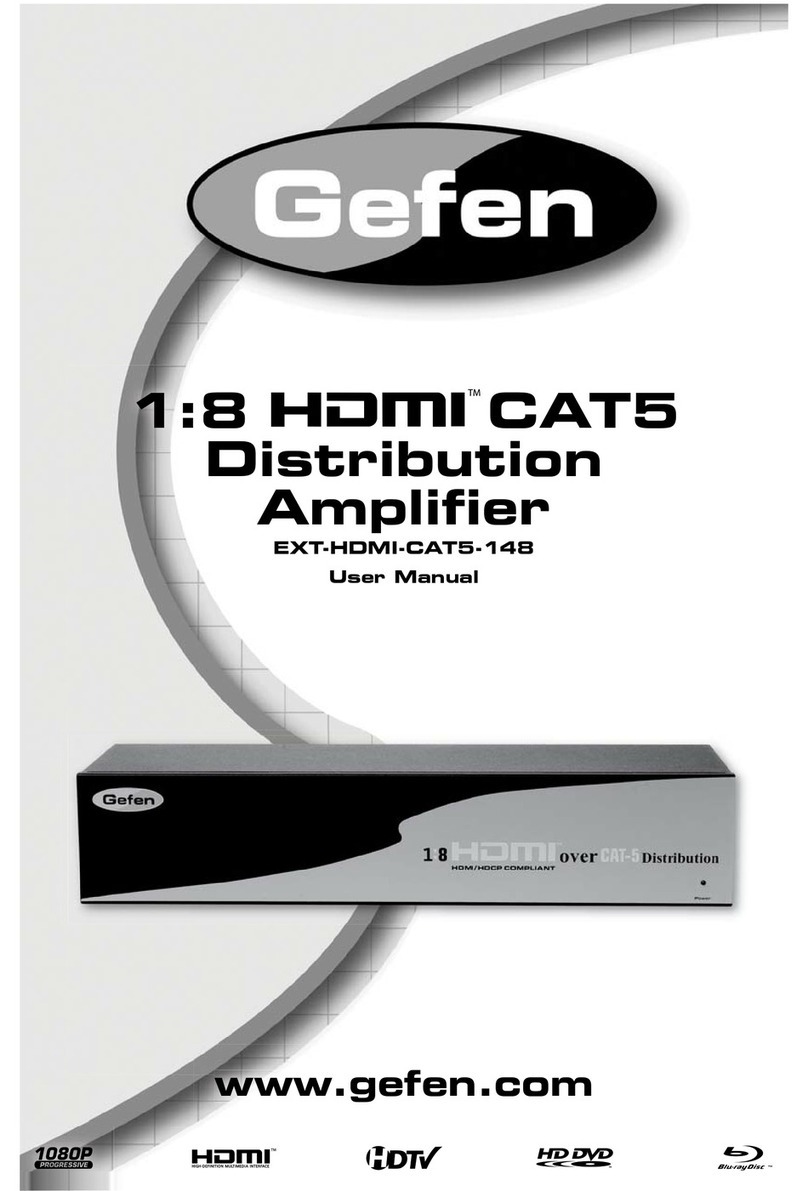
Gefen
Gefen EXT-HDMI-CAT5-148 User manual

Gefen
Gefen AUD-14816 User manual
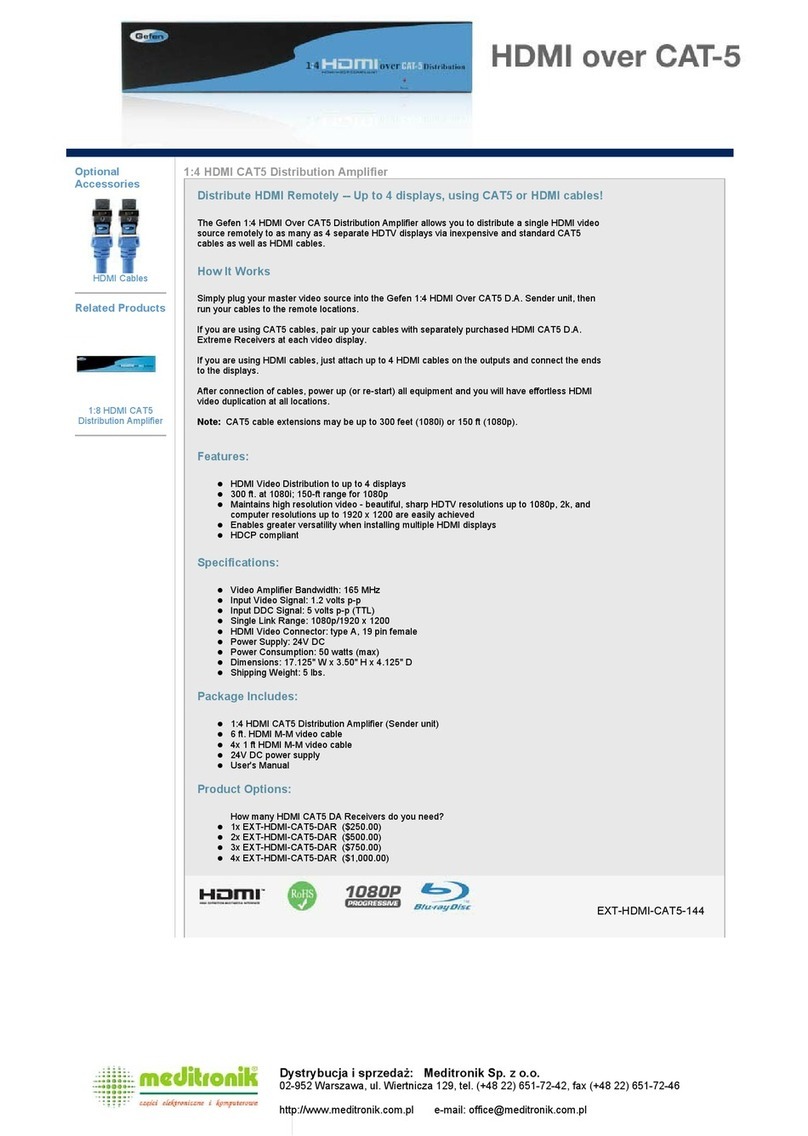
Gefen
Gefen EXT-HDMI-CAT5-144 User manual
